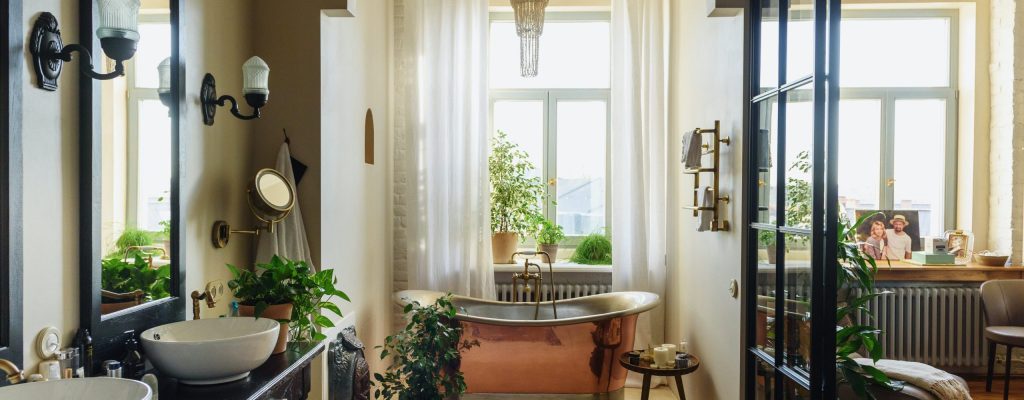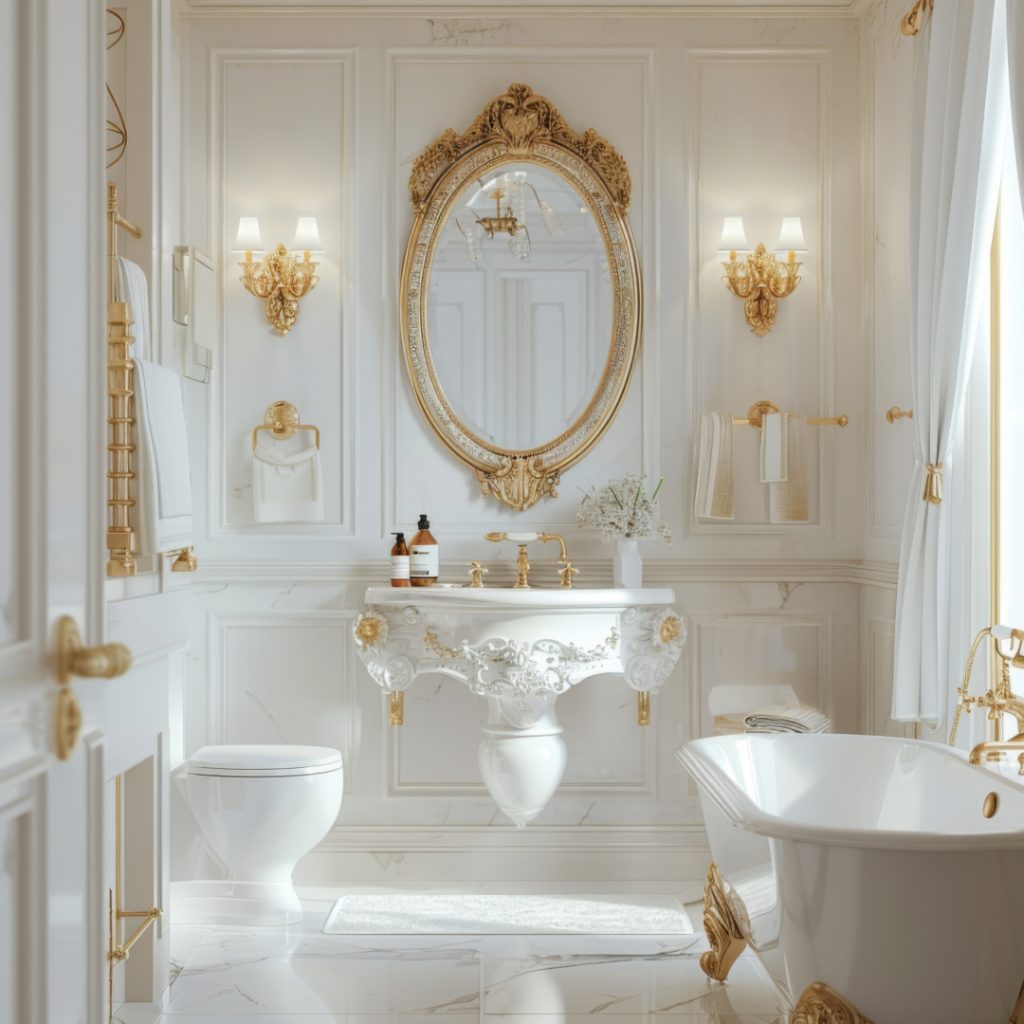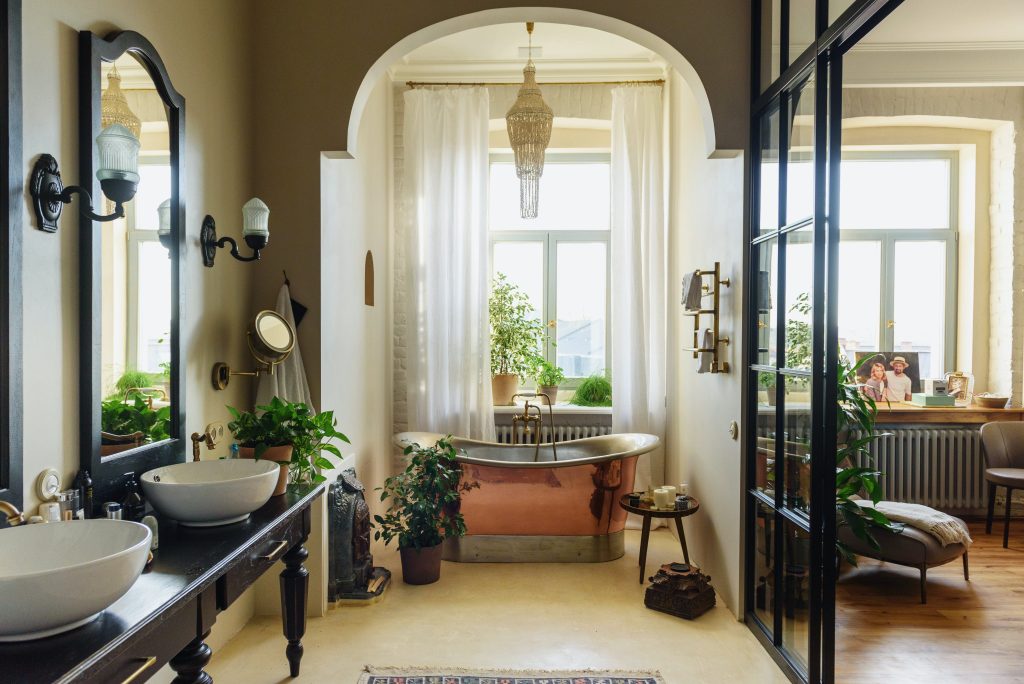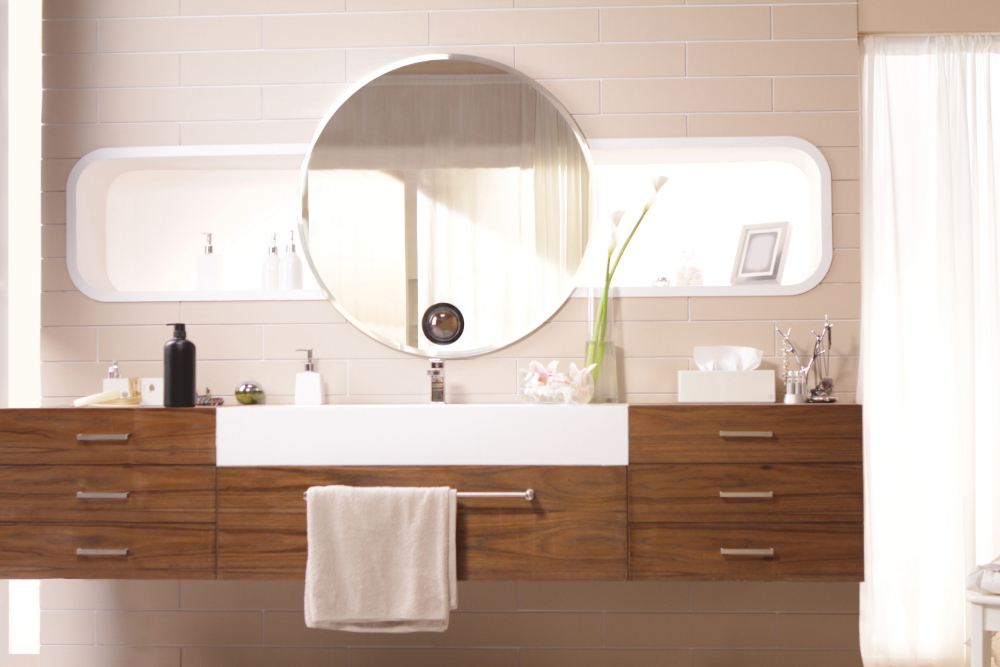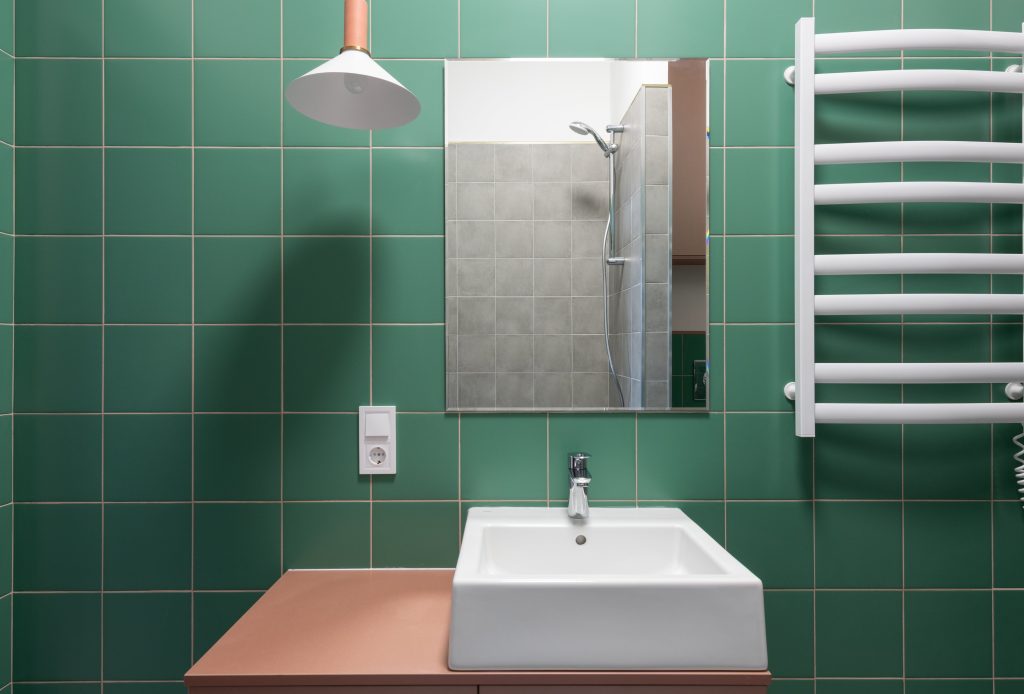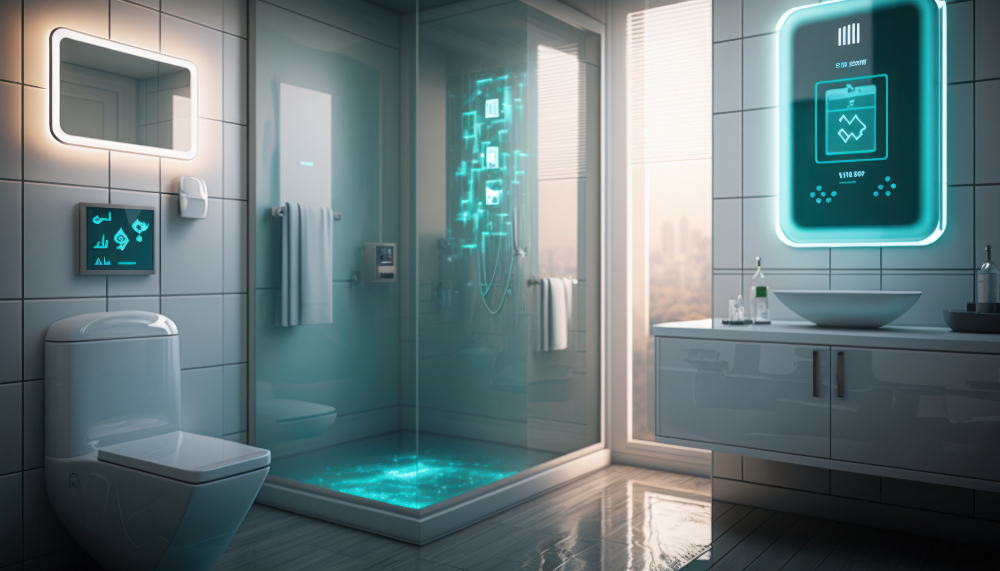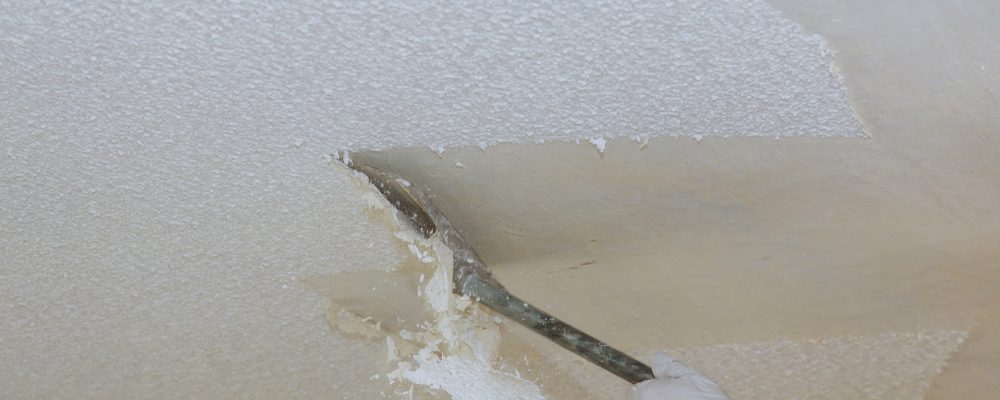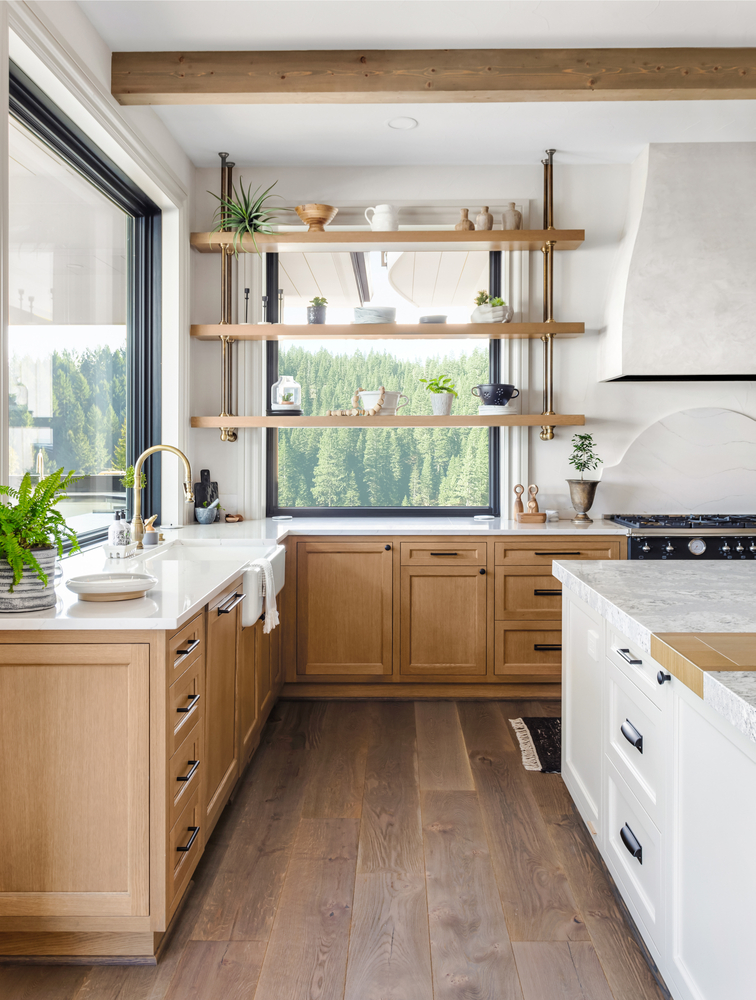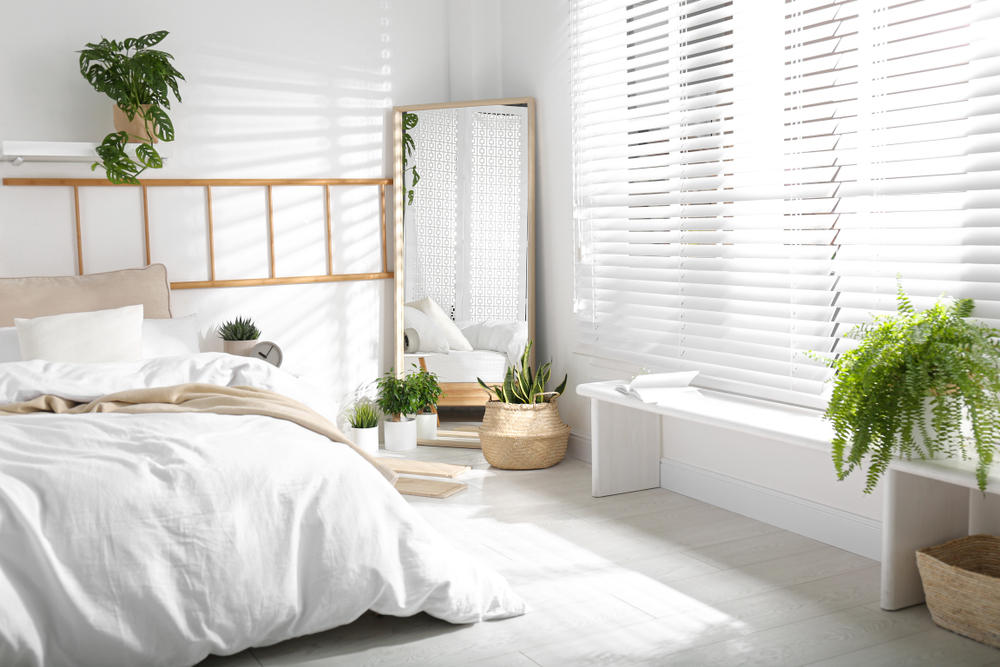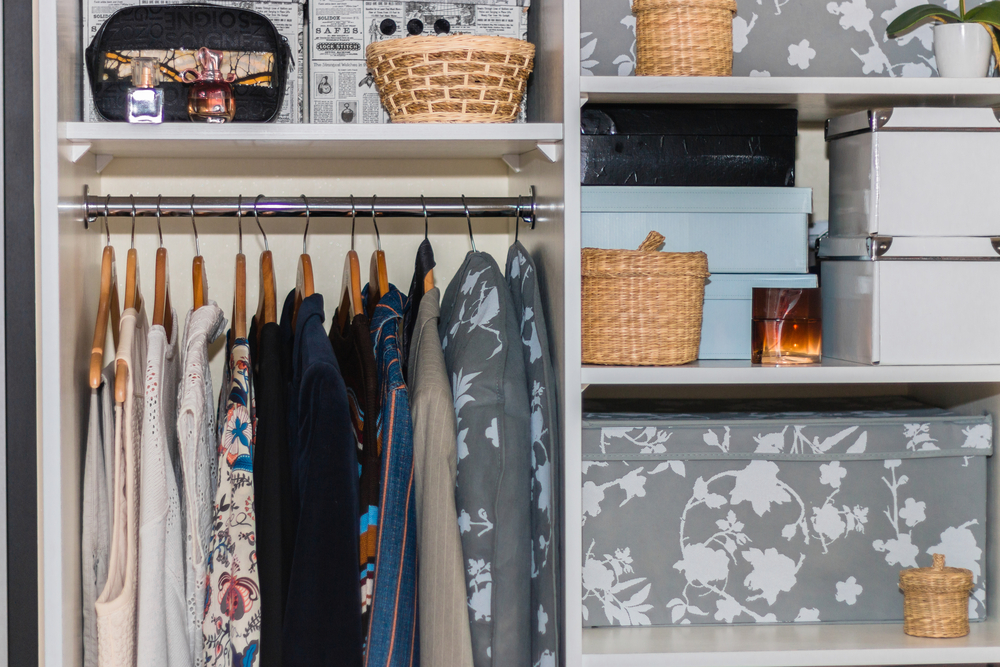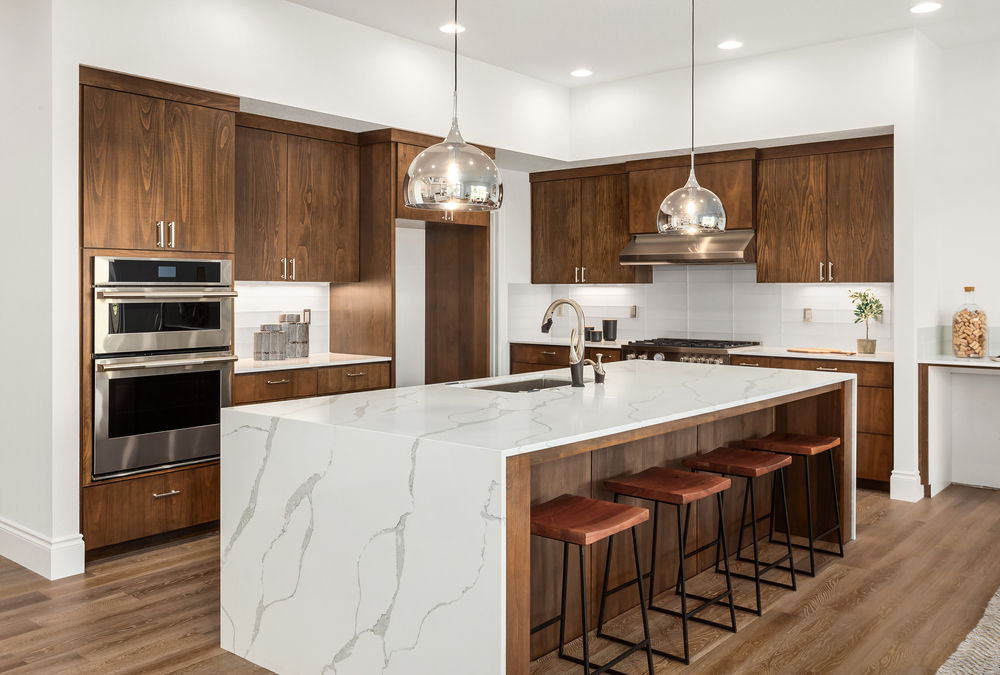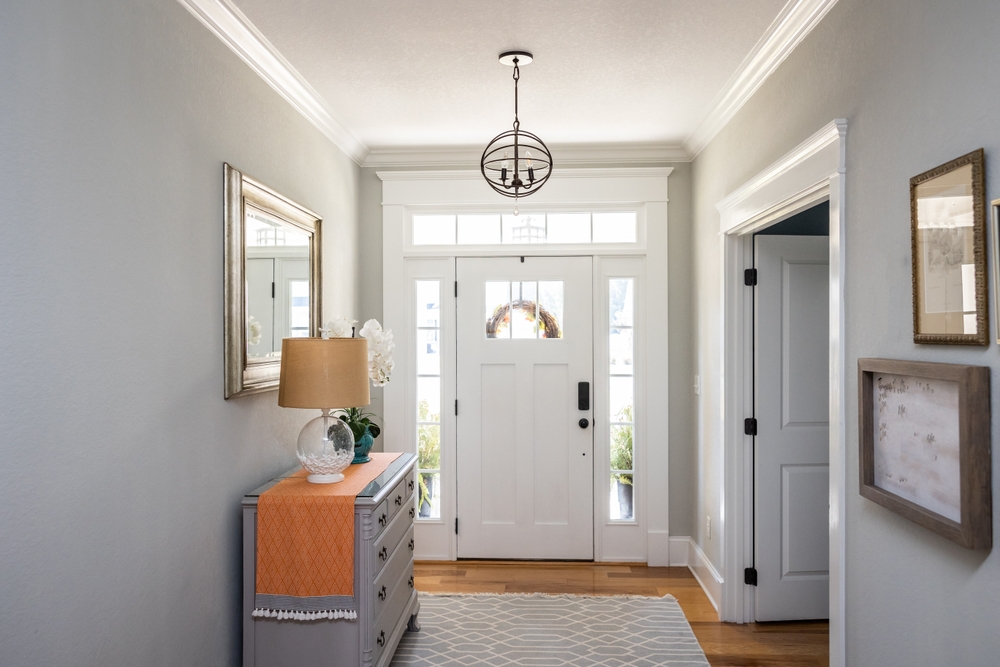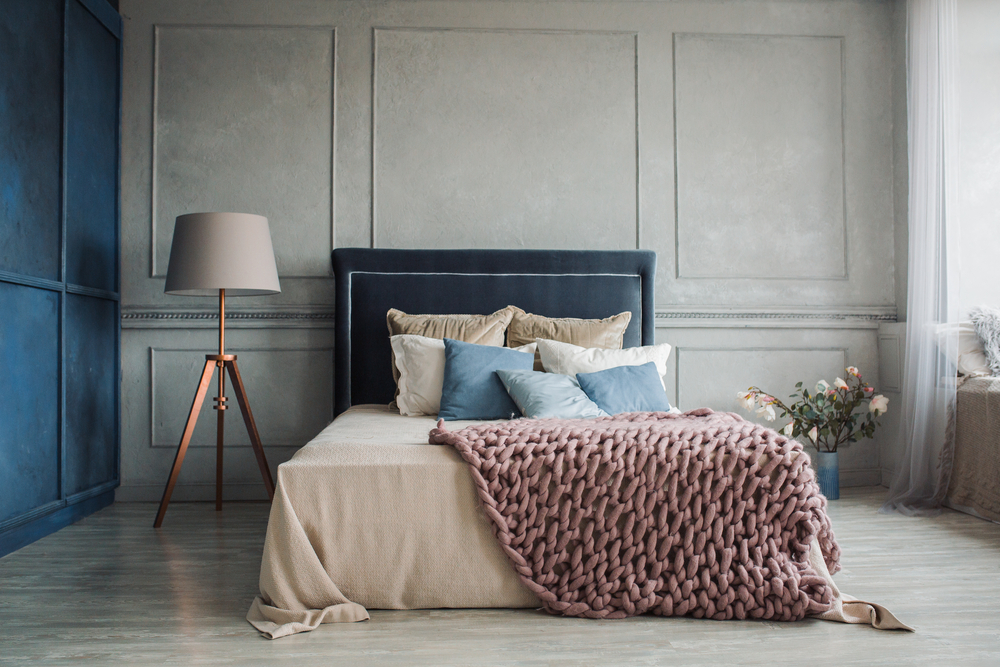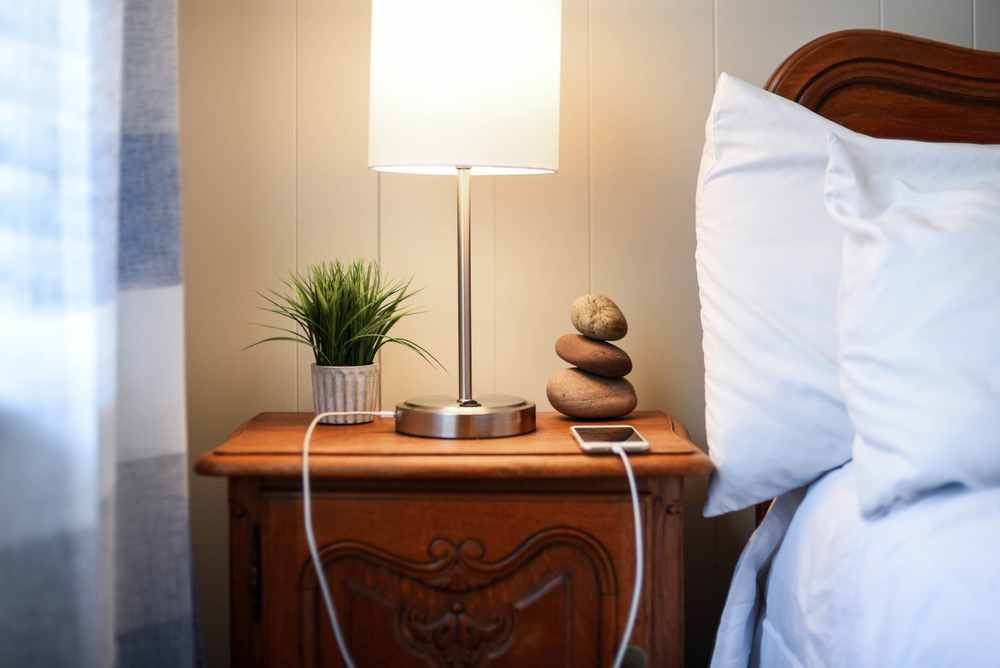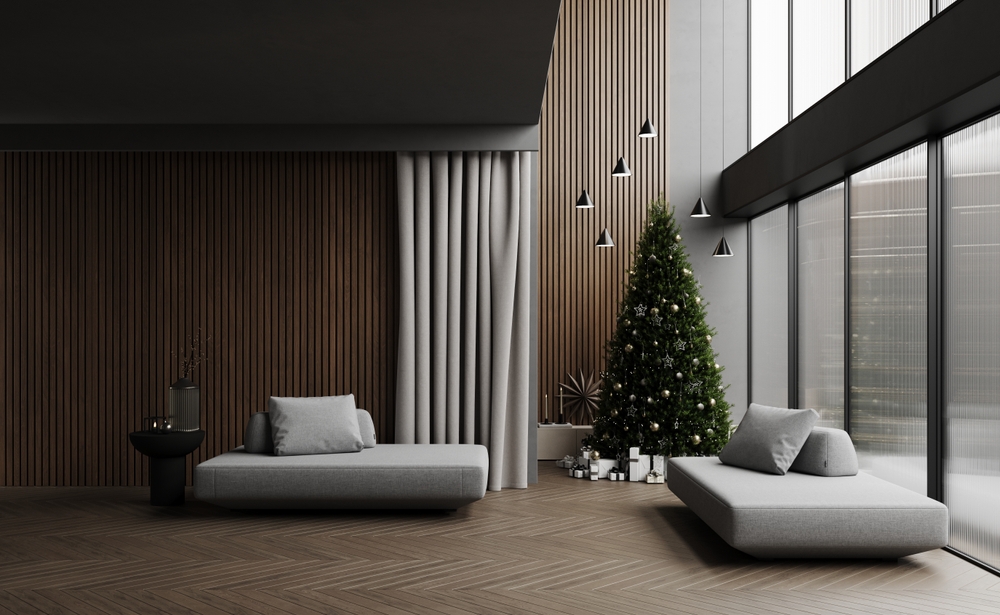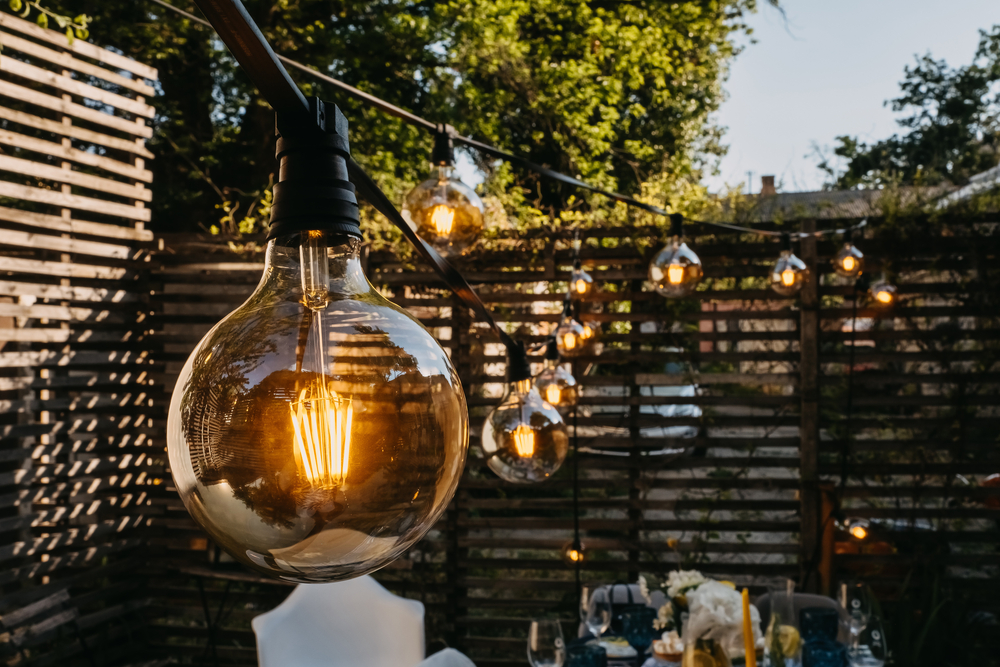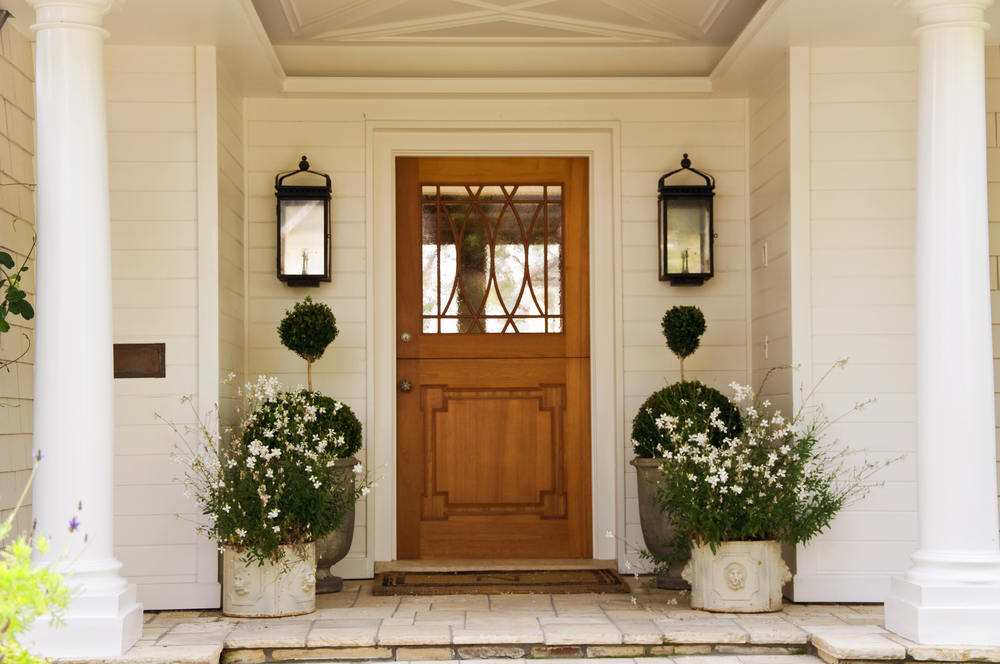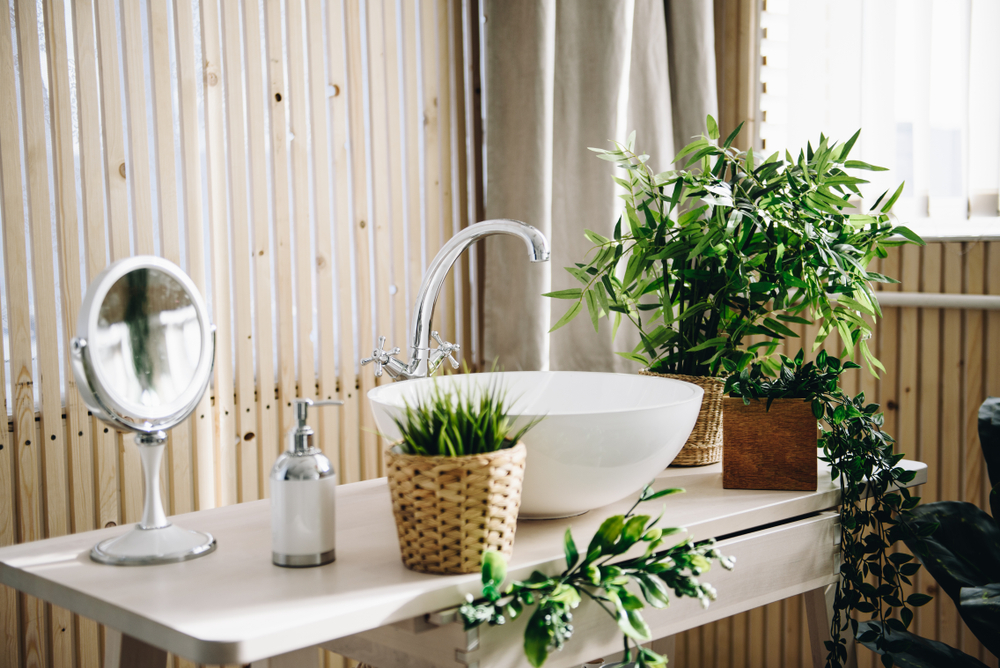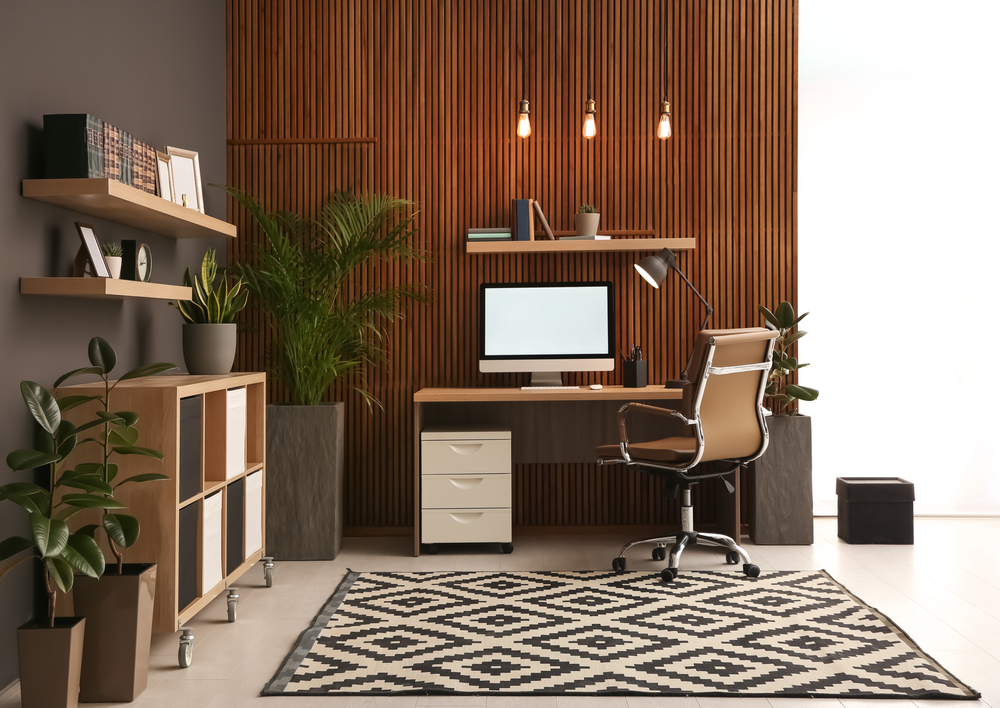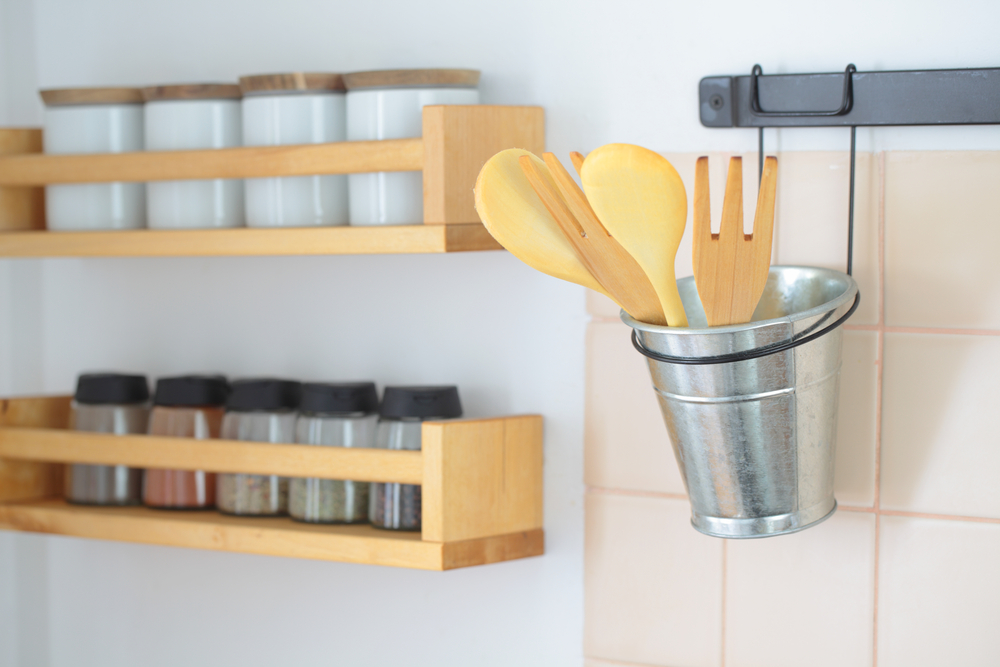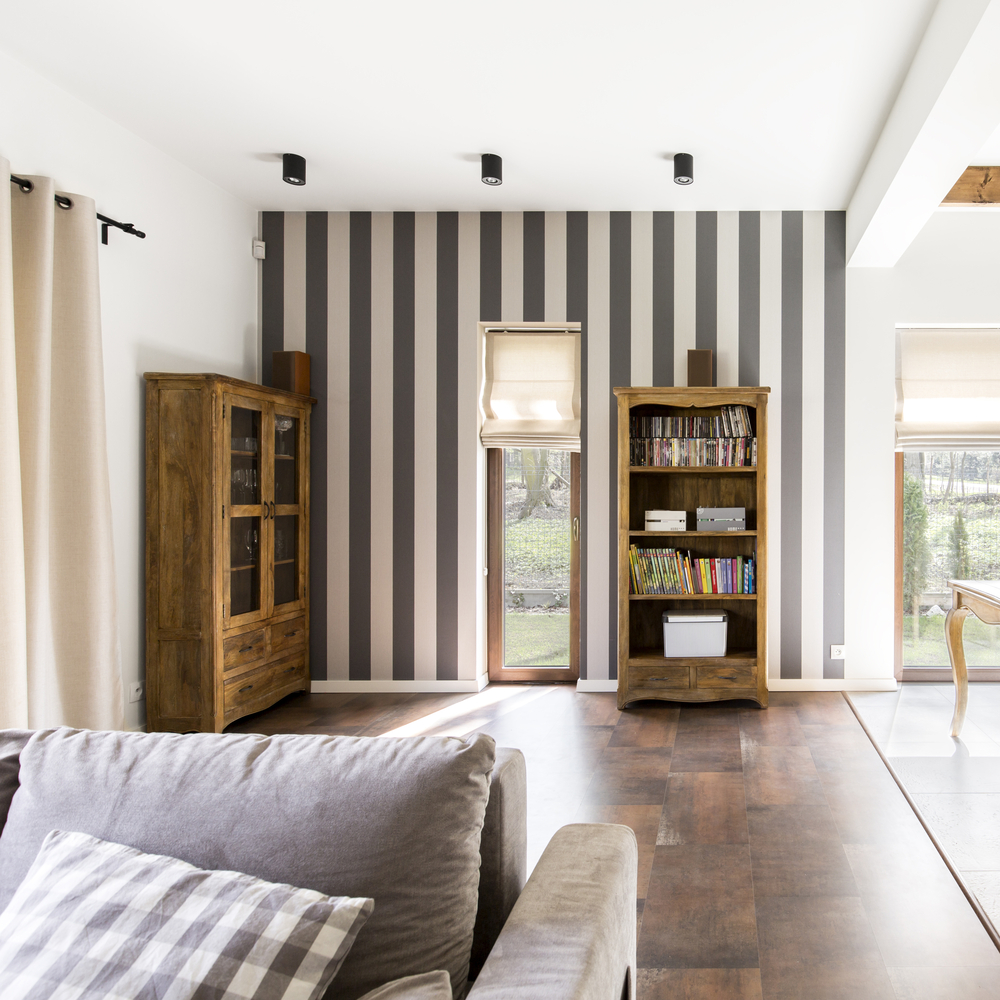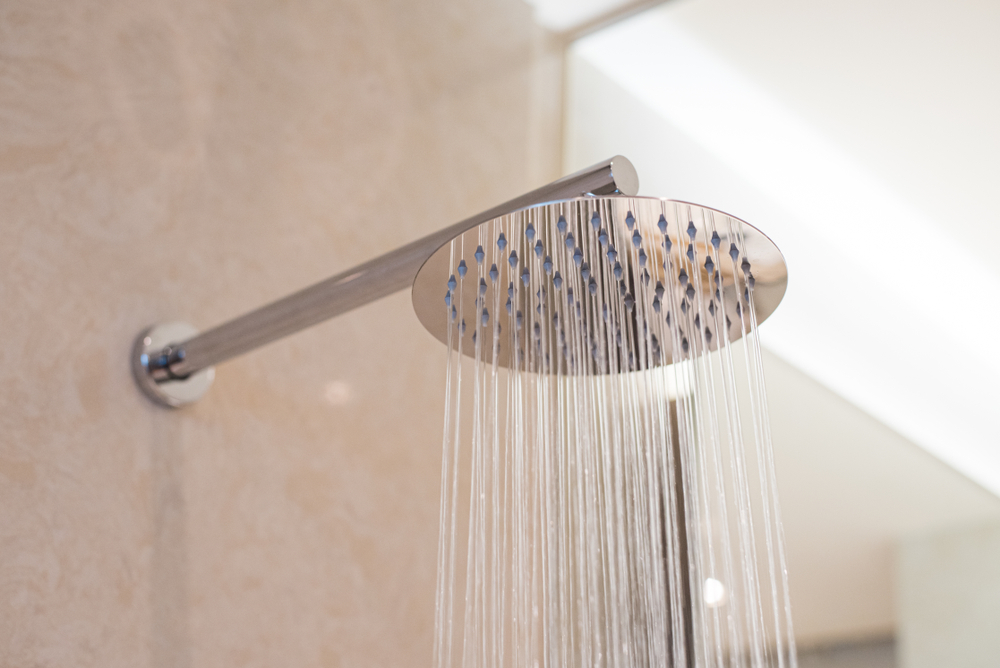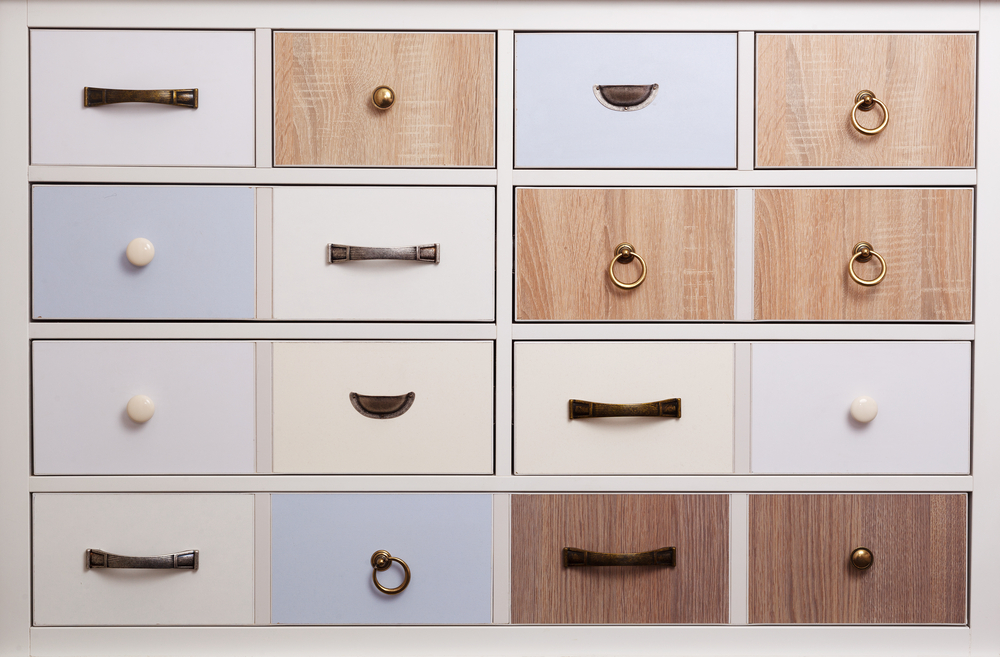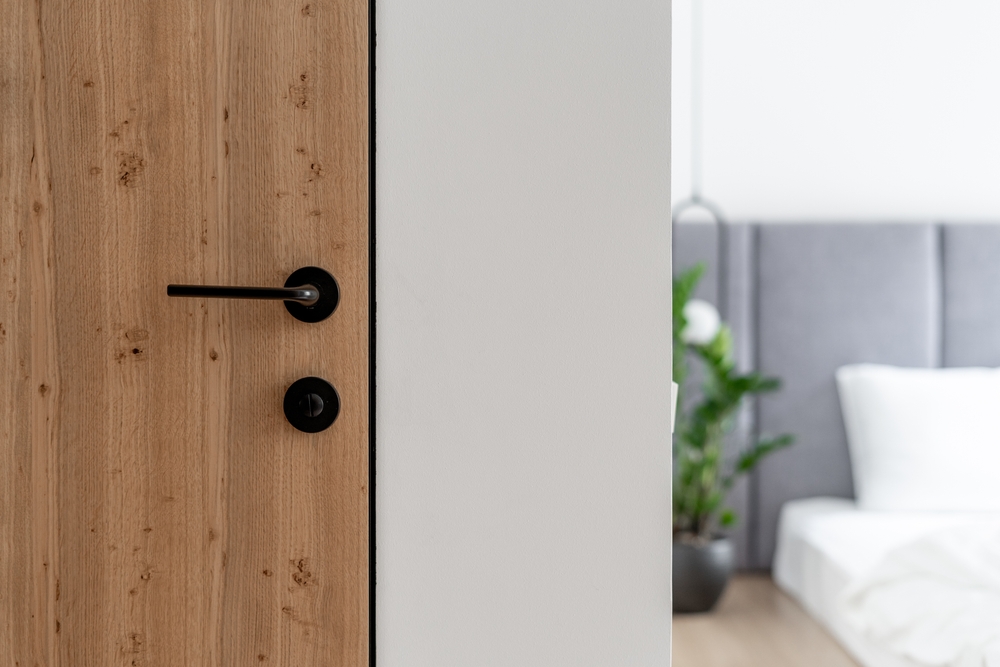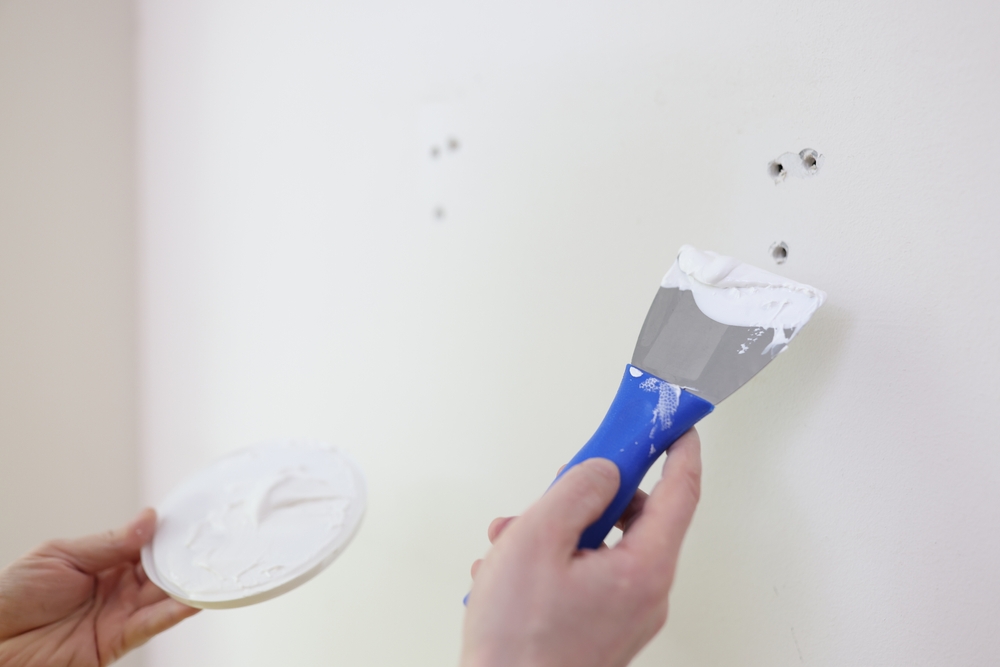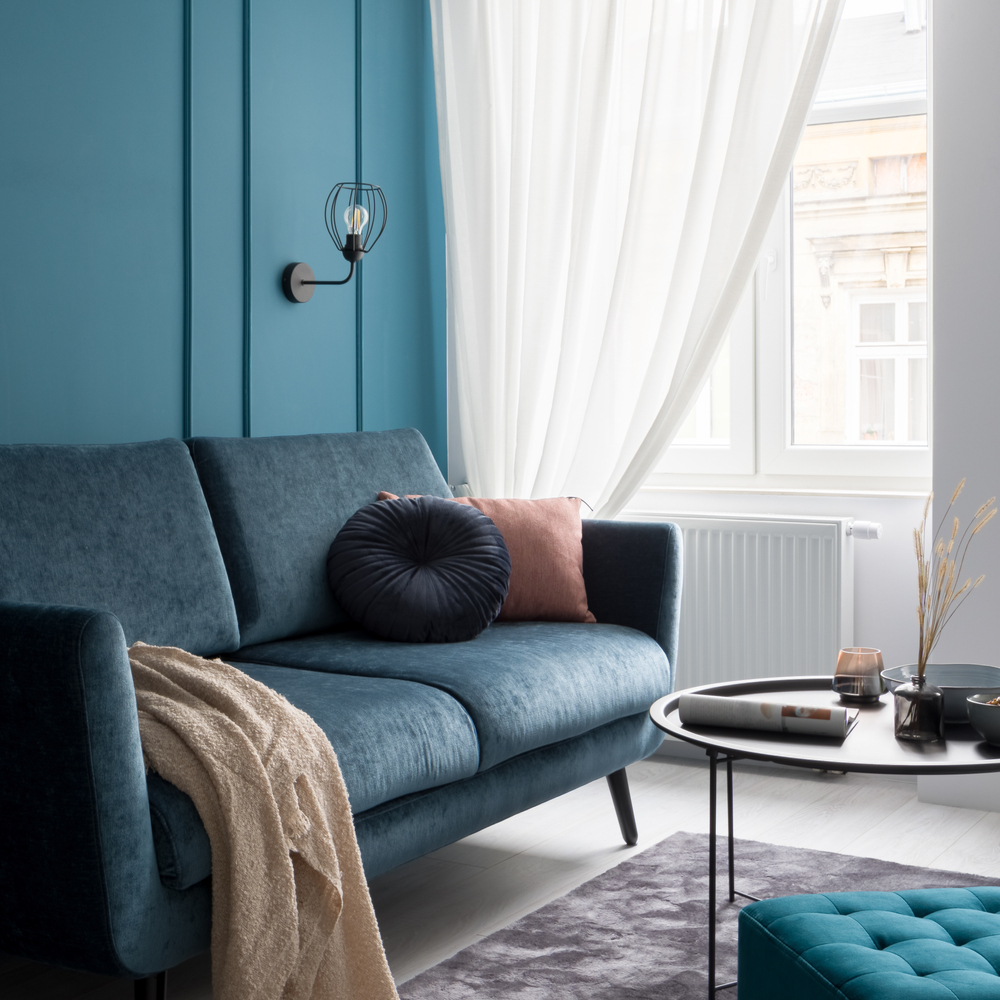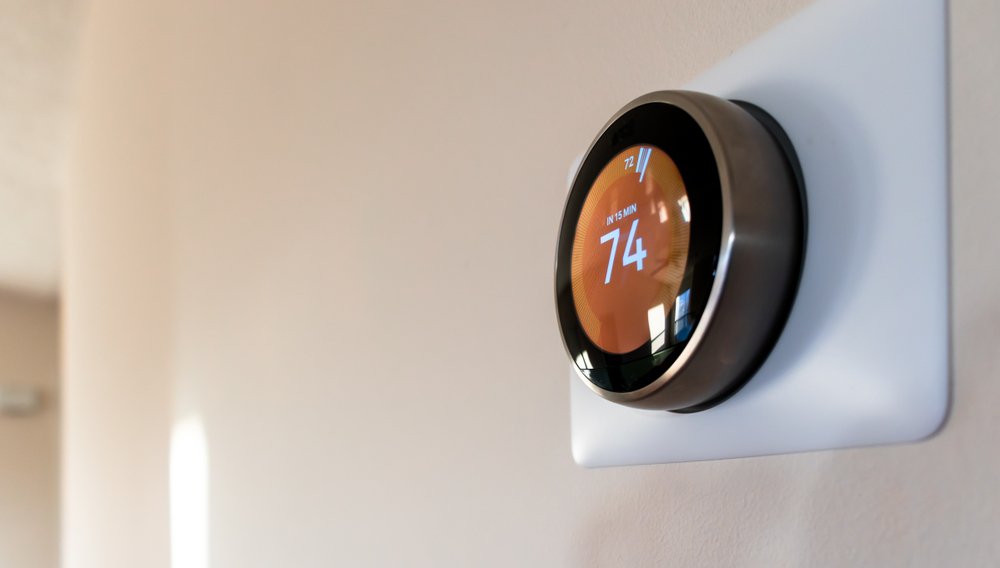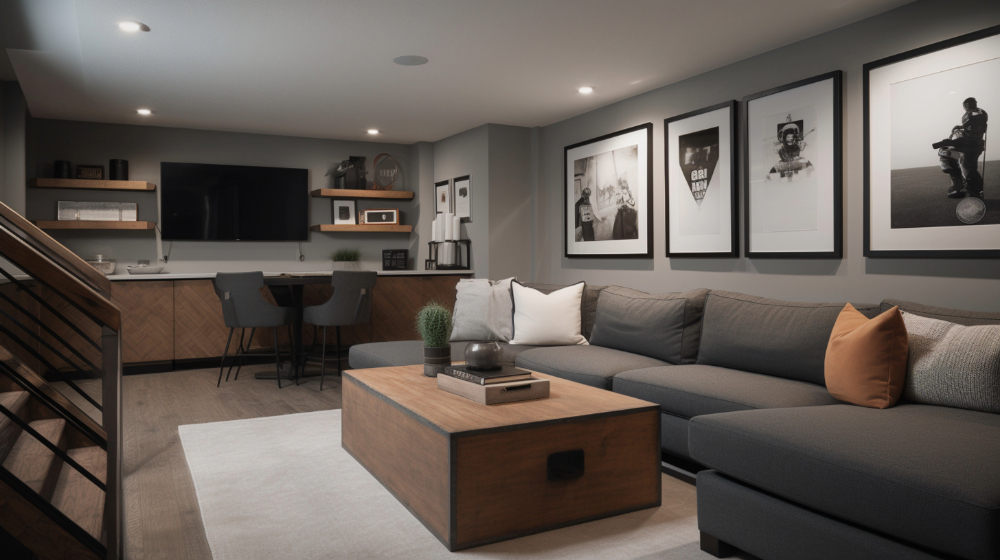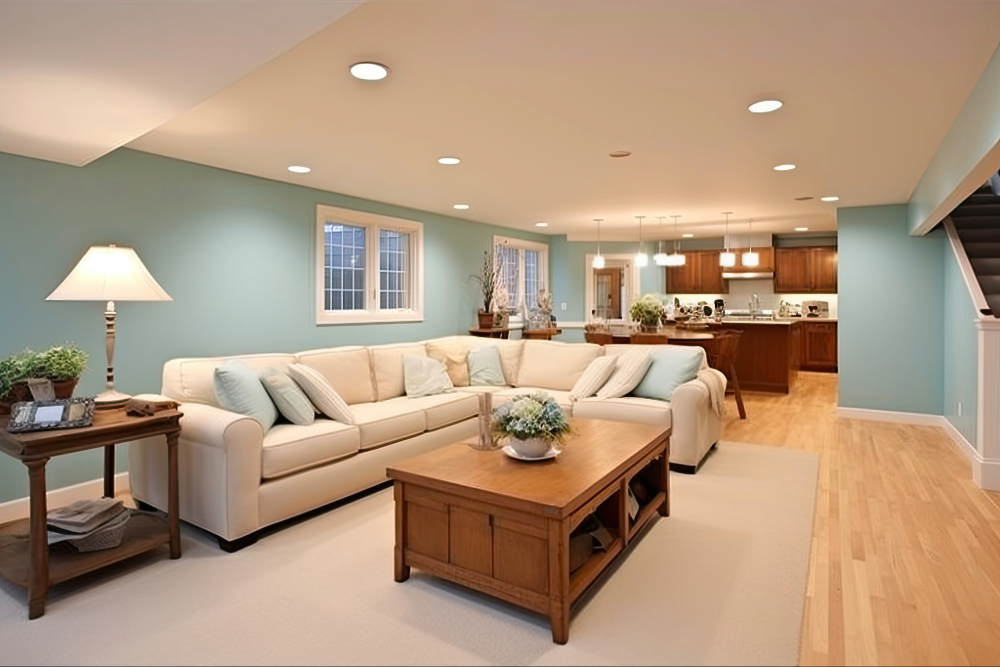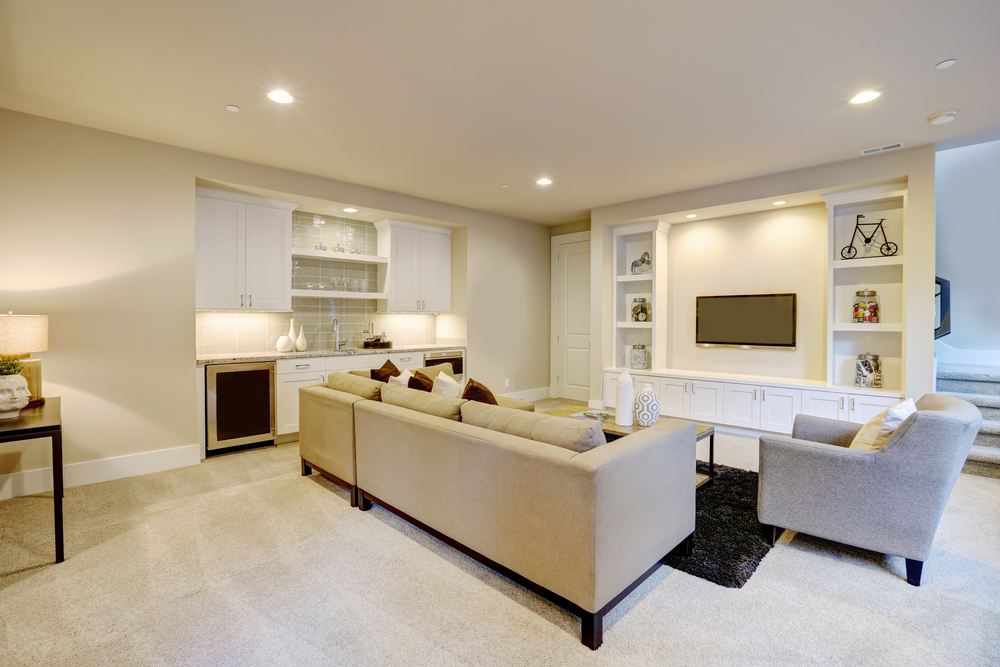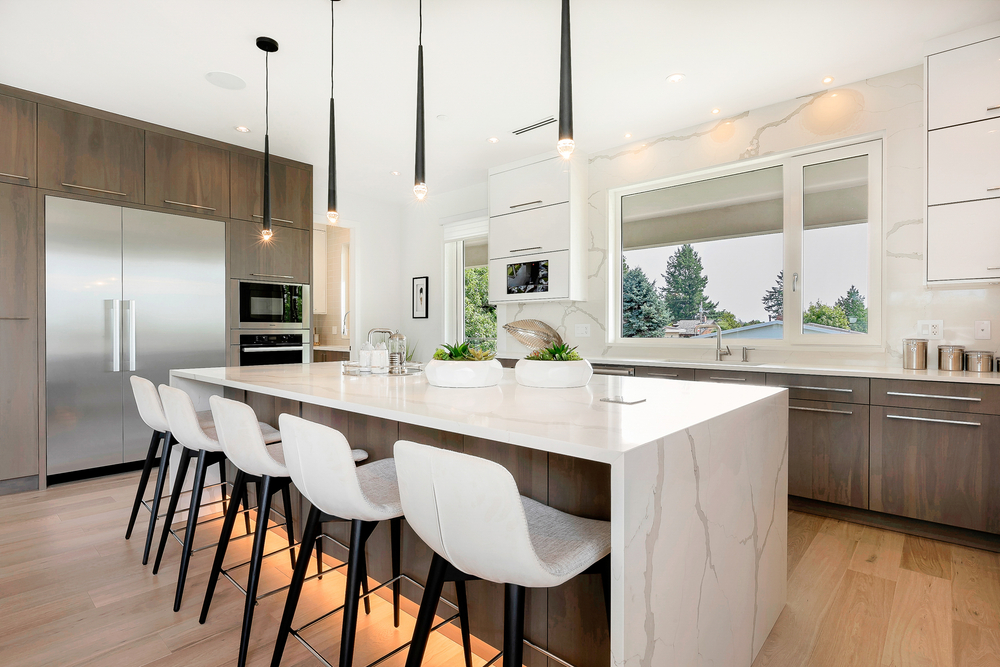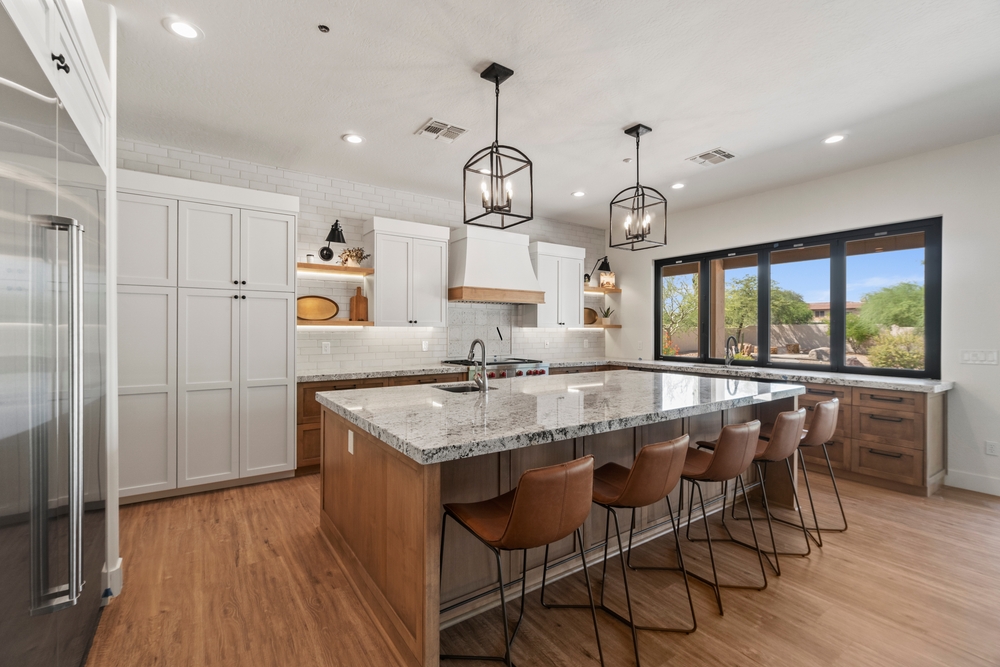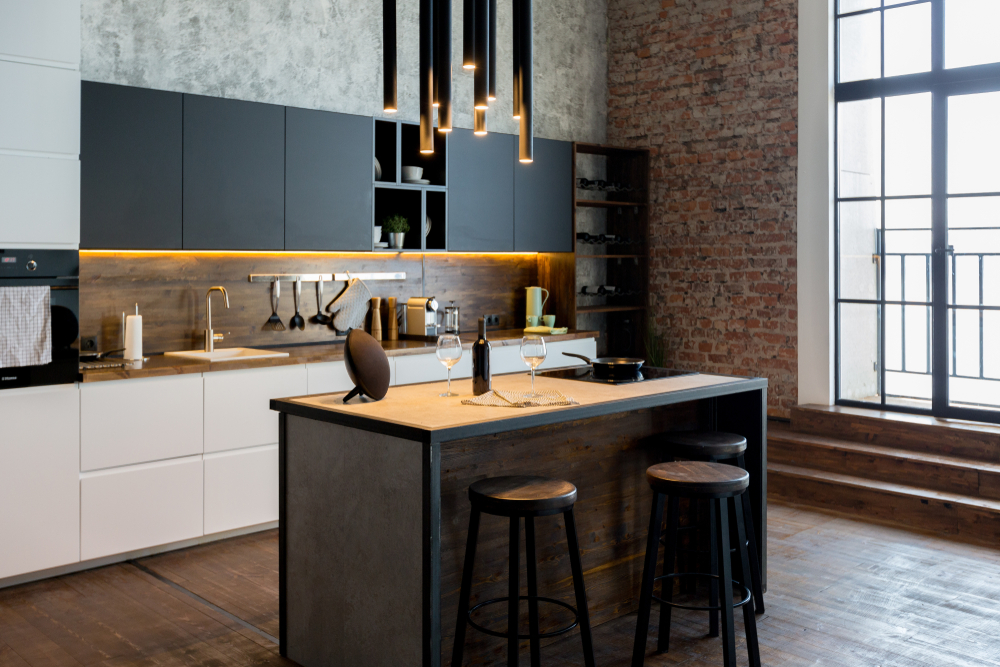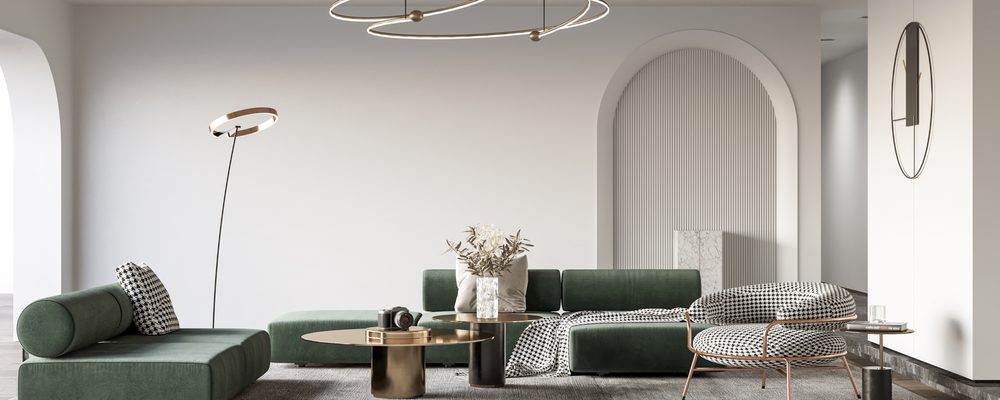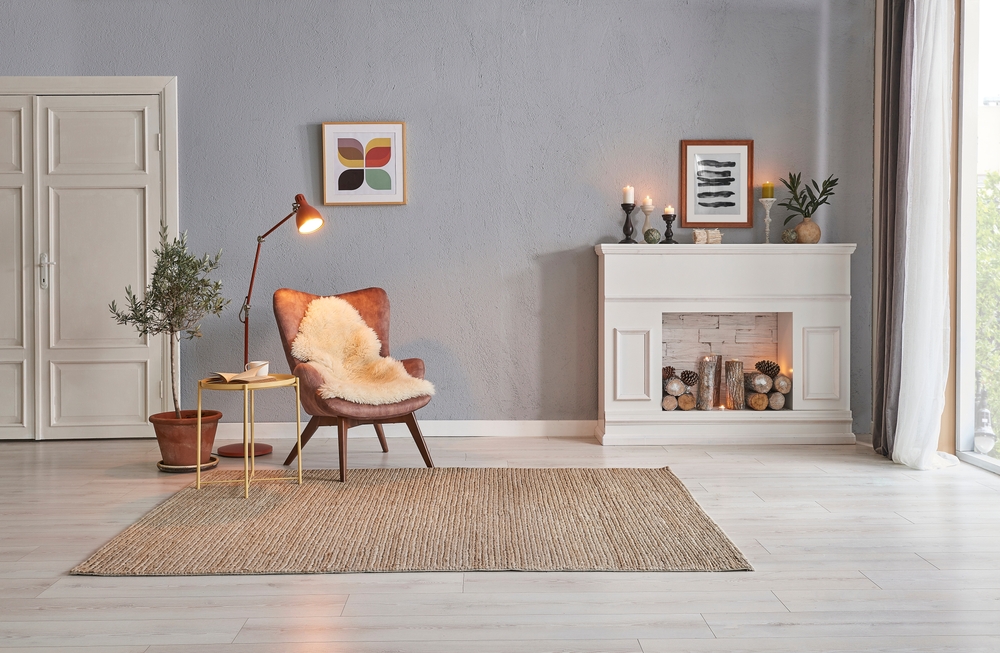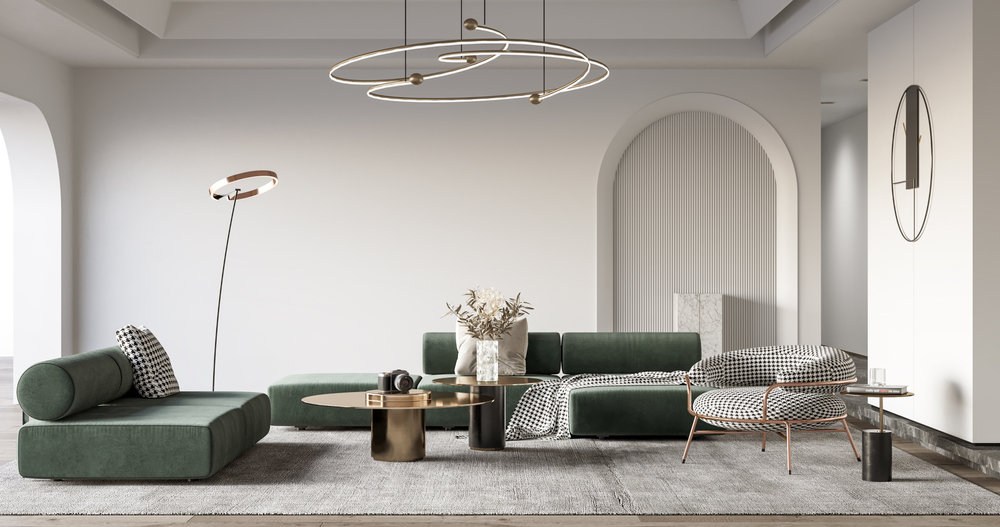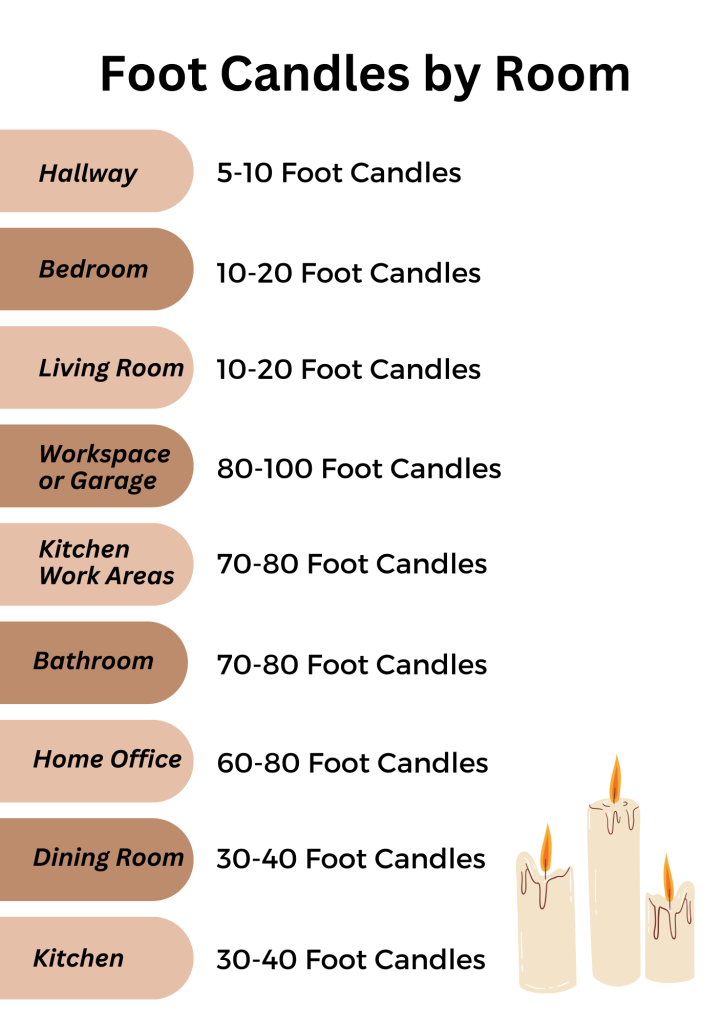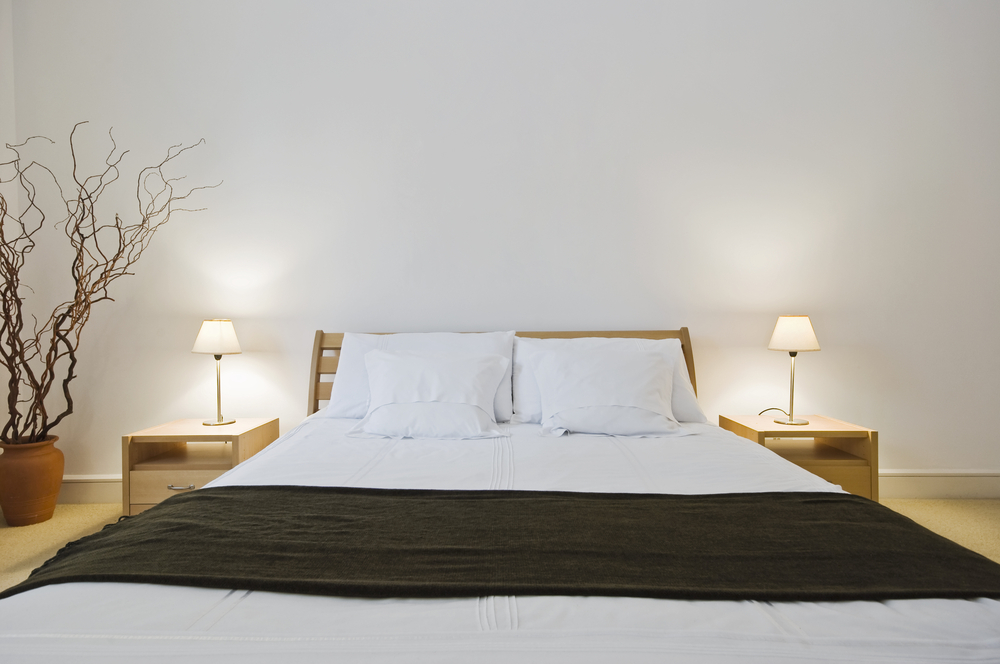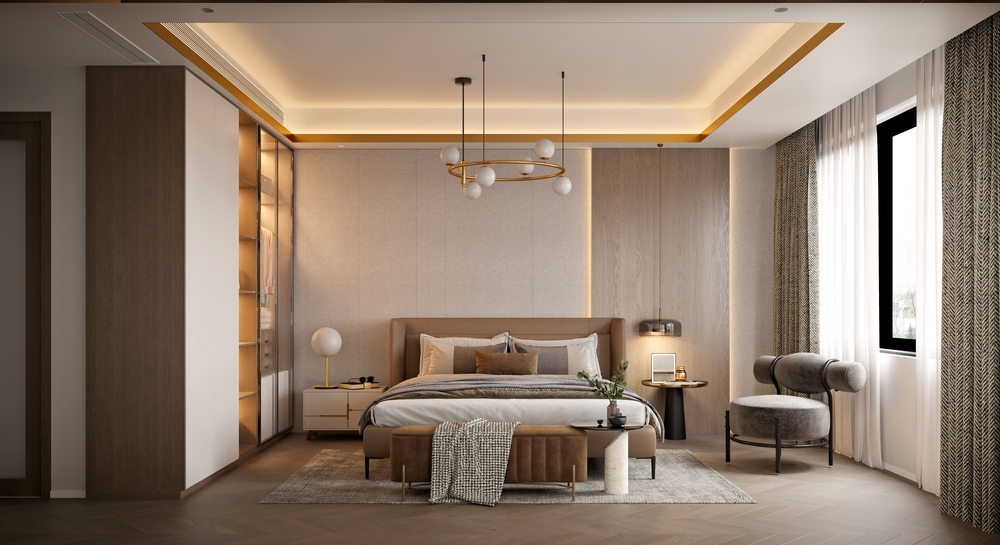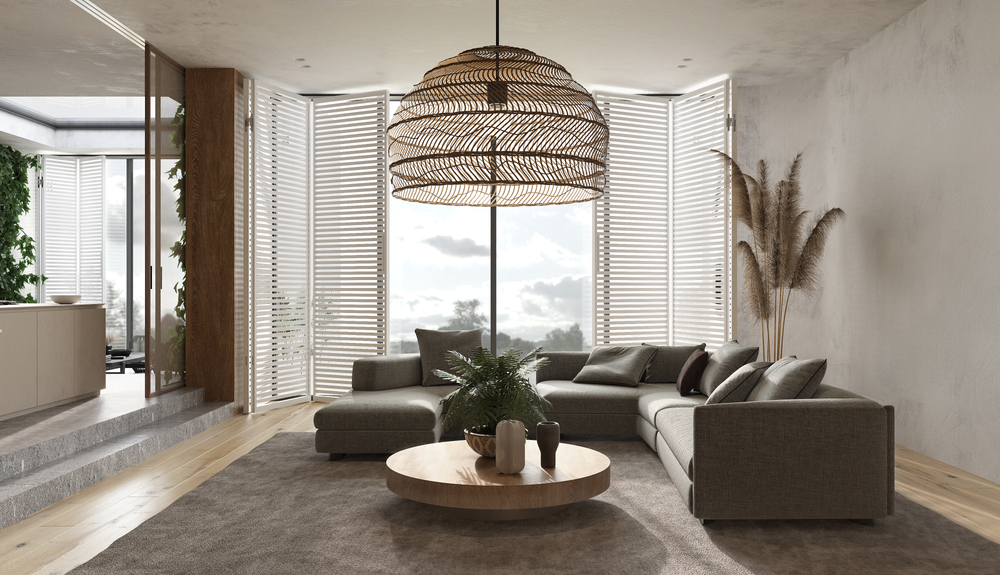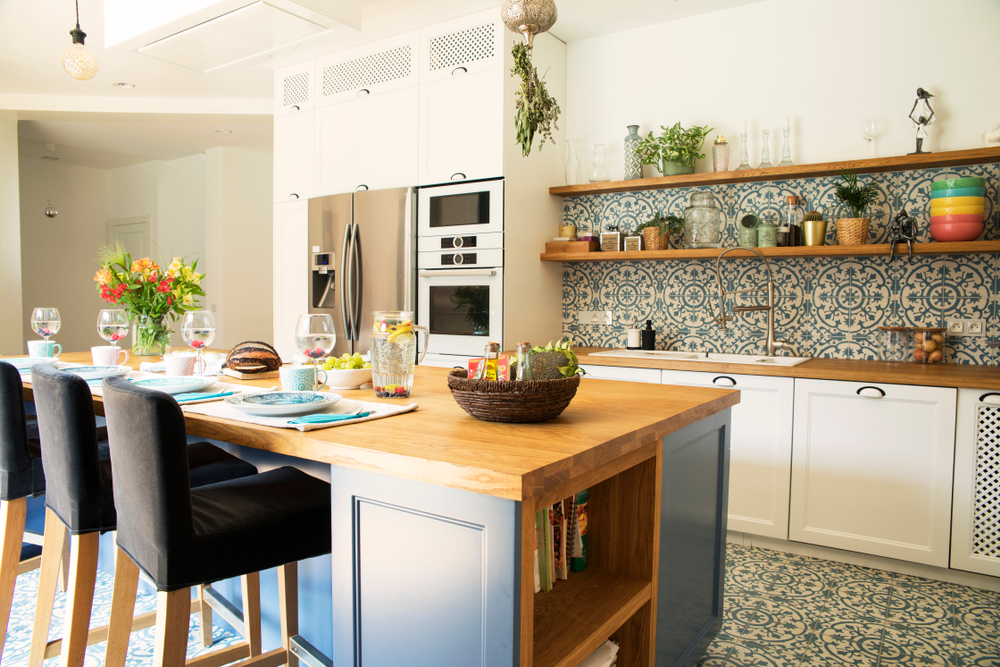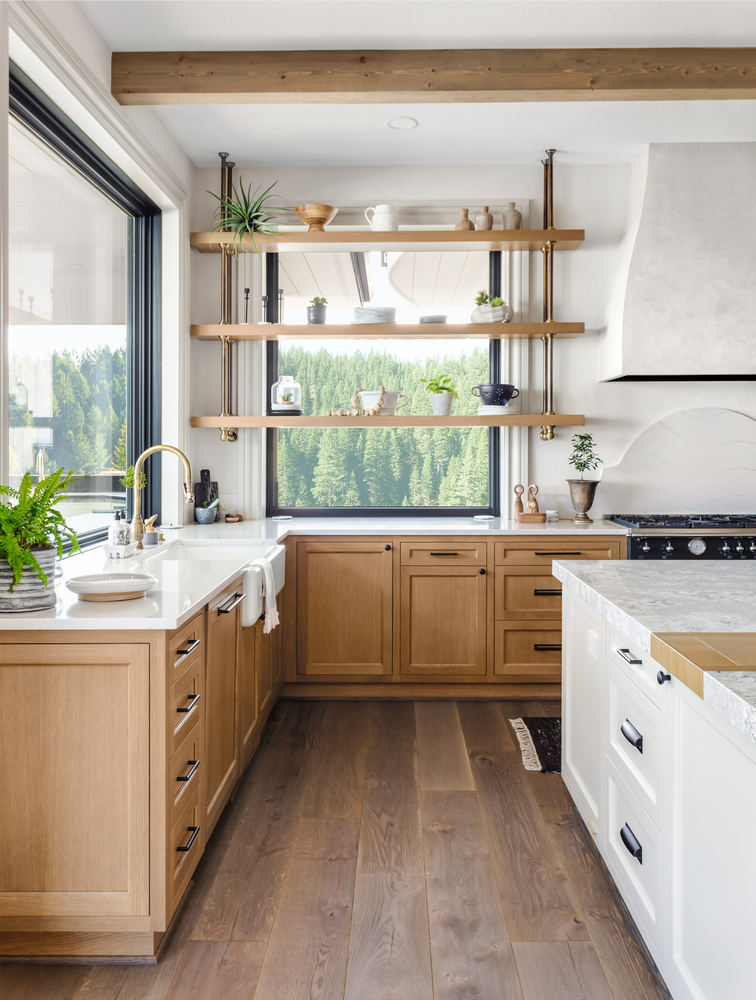Have you ever noticed how the lighting in a room can instantly influence your mood? The cozy, soft glow at an intimate candlelit dinner. The bright, energizing lights in a busy office or retail store. The warm, intense sunlight at a photographer’s golden hour photo shoot. The dust-specked bluish beam of light coming through your window on a cloudy day.
Light plays a big role in shaping our emotions, mood, productivity, and well-being. In this article, we’ll explore more about how lighting and mood are related, and how you can use light to feel your absolute best.
Feeling Tired? The Science of Light and Sleep

Imagine waking up to a vivid sunrise, feeling invigorated, motivated, and ready to conquer the day. This comes from light’s impact on our internal body clock, known as the circadian rhythm. The natural light we are exposed to during the day helps regulate our sleep-wake patterns and, in turn, our mood and energy levels. In the mornings, sunlight has a cool, almost bluish hue. At midday, sunlight is a truer white. In the evenings, sunlight has warm, almost orange hue. This transition from cool to warm throughout the day is hardwired into our brains – and helps our body know when its time to wake up, and when it’s time to get ready for bed.
Artificial lighting, if properly aligned with our circadian rhythms, can mimic the many benefits of natural light. This is important since the majority of us spend much of our waking hours indoors under various types of artificial light. The most important thing to remember if you want a good night’s sleep, is to avoid light sources that give off cool, blue light for a couple of hours before bed. This “morning” light will trick your brain, and inhibit melatonin production making it harder to get to sleep. Use light bulbs with warmer light in your bedroom, and turn off the screens (phones and tvs give off blue light too!). Nothing boosts your mood faster than a good night’s sleep!
Feeling Down? The Science of Lighting and Mood

Sunlight is the gold standard for lighting. Natural sunlight influences mood by releasing and regulating different hormones and chemicals in our bodies, including melatonin and serotonin. Maximizing exposure to natural light in your living and work spaces is proven to have a positive impact on your mood. Studies have shown a strong link between exposure to sunlight and a boosted mood. Exposure to bright, natural, or natural-like lighting is linked to reduced symptoms of depression and improved mood. While sunlight isn’t necessarily a cure for low mood – making time to be in it can certainly help you to feel a little less down, especially during those darker winter months that can trigger seasonal depression.
Natural lighting isn’t always available, of course, and this is where artificial light comes in to save the day! Just as the temperature of light can affect your sleep cycle, it also plays a part in your mood and the emotions you feel. Warm light (yellow and orange hues) creates a cozy, inviting atmosphere and increases relaxation and comfort. Cool light (bluish tones) is energizing and can promote focus and alertness. Generally, the goal is to balance warm and cool lighting to cater to different settings and activities.
How to Choose the Right Light:

Lighting at Home
Lighting in your home is about more than just practicality. Lighting helps you create a space that is welcoming and supports your emotional well-being. Your home is your safe space and your sanctuary. Soft, warm lighting in living spaces and bedrooms creates a sense of relaxation and tranquility. Dimming lights in the evening can tell the body to unwind, supporting better sleep. In contrast, bright, cool lights are incredibly helpful in areas where you need to stay focused and alert, like a kitchen food prep counter, a garage workshop, or a home office.
In multi-use spaces, it’s especially important to layer your light. For example, a large great room with layered light could have cool white recessed lights in the ceiling on a dimmer switch, a large window with blinds for natural light, and lamps placed in strategic areas with warmer bulbs. By adjusting light levels and sources, you’ll be able to create a mix that feels right for any activity, and transition seamlessly from homework at the kitchen table to a movie night in the living room.
In outdoor areas, like a patio or yard, opt for warm lights to create a comfortable, cozy atmosphere for your late-night BBQs. Cool lights work well for security lights, or for areas where you need to see clearly to be safe, like stairs or a walking path with uneven levels, a basketball court, grilling area, or storage shed. Whenever possible, choose fixtures that direct light downward to prevent light pollution – the best night lights around are the stars!
Pro Tip: You may want to consider investing in smart LED bulbs. While they cost more upfront, they are incredibly energy efficient (meaning a lower power bill), and many can be either manually adjusted or programmed on a timer to go from cool to warm light throughout the day.

Lighting at Work
As a general rule, bright, cool lighting in workplaces can improve productivity and concentration. Research suggests that daylight-like lighting in office settings enhances job satisfaction and reduces fatigue. In addition, incorporating warm lighting in break areas can reduce stress by creating a more relaxing space for employees. Always remember to keep your employee’s needs in mind, and whenever possible ask for feedback. For example, fluorescent lighting ticks the boxes for bright and cool, but it can also cause headaches. An office workspace in a high-stress industry might do well with cool light (to boost productivity) OR warm light (to ease stress levels), depending on the needs of the people that will be in that space.
If you work from home, the same principles can be applied to your home office. Make sure your office has plenty of cool, bright light for those days when you need to be laser focused. Add in a warmer light source like a desk lamp for stressful days or late-night work marathons.
Pro Tip: Another proven mood-booster in the workspace is the addition of plants. Find varieties that will flourish with the lighting conditions in your space, and add a few around the office.
Creating Your Ideal Lighting Environment:

- Know Your Needs – Figure out the main purpose of each space, and determine how you need to feel while you’re there. Tailor the lighting accordingly to ensure the space will meet your mental and emotional needs while you complete tasks in the area.
- Choose the Right Bulbs – Light bulb tech has come a long way. Choose bulbs with color temperatures that match your goals, or invest in smart lighting systems that allow you to change your lighting settings throughout the day as your needs change. Remember to be flexible, you might end up trying a couple different light temperatures before you find the best one.
- Use Dimmers and Controls – Whenever possible, install dimmers to control the intensity of your lighting. Adjusting the lighting levels can help you create the desired ambiance for any occasion and “set the mood” to help improve your mood!
- Maximize Natural Light – Arrange your furniture and decor to maximize natural light exposure. If you have limited window space, light-colored walls and furniture or wall art with reflective surfaces can help to bounce that coveted natural light around your rooms.

————-
The connection between lighting and mood is an interesting mix of science and psychology. Whether it’s nurturing warm hues or energizing cool tones, the quality and type of light in our surroundings truly affects our mood and emotions. With the right information in hand, you can thoughtfully create spaces that elevate, rejuvenate, relax, and inspire. So, next time you turn on a light, remember that you’re not just lighting up a room – you’re boosting your mood too!
———–
Need more bright ideas for the lighting in your home? Contact us today to chat with an expert!

